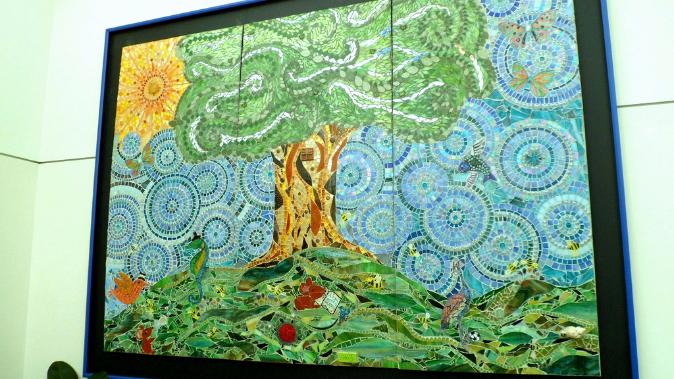I came across yarn bombing after searching for knitting artists, as I've taken an interest in it after a conversation with Jon.
Yarn bombing is basically taking pre-knitted or crocheted materials, and wrapping them around public objects, such as trees, fountains and phone boxes. Although it's a public art, it's graffiti and is illegal in some countries.
http://en.wikipedia.org/wiki/Yarn_bombing
http://en.wikipedia.org/wiki/Yarn_bombing

This is one of the most popular ones by the Jafagirls called the Knit Knot Tree. I love the way they just use their scraps of knitted patches to create these yarn bombs for the trees. More about the girls can be found here: http://jafagirls.wordpress.com/about/

Knit the City, a group of women who knit furiously and yarn bomb across the city of London since 2009; this is their third yarn bomb, the Phonebox Cosy. These yarn bombs are a little more planned by the group and often some are more public than others. http://knitthecity.com/2009/07/09/yarnstorm-the-third-the-phonebox-cosy/














